5 Things to Do in Little Tokyo, California
Never been before? We’ll be your trustee Little Tokyo guide with a day’s worth of fun things to do in Little Tokyo.
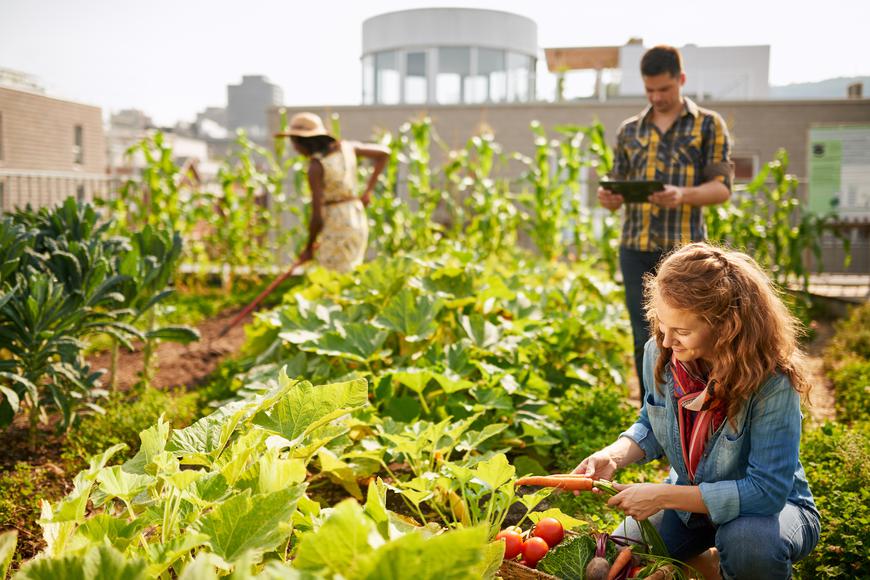
If you’re a chef, foodie, farming enthusiast, or just a person who likes getting free refreshments, chances are you’ve attended a food conference or two—or maybe ten. Experts take the stage, with titles ranging from ‘food scientist’ and ‘ingredient specialist’ to ‘flavor chemist’ and ‘packaging professional’. More recently though, a new buzzword (and an age-old profession) has entered the scene; ladies and gentlemen, give it up for urban farming.
If you were to Google “urban farming”, a plethora of varied results will appear. Ask two individuals and you’ll get two different answers—the agricultural world is looking more and more like a hedge maze. To save you from all the trouble, we thought we’d first define the concept, before moving on to urban farming in San Francisco.

To define urban farming, it’s first important to understand where it differs from the practices we’re well-aware of. Often lumped in with community gardening, homesteading, or subsistence farming—commonly in-home practices—urban farming instead focuses on areas located in a city or other highly populated areas.
But, more often than not, what sets urban farming apart is the level of commerce; you grow to sell essentially. The ultimate goal is to grow produce for food trade as opposed to personal consumption, so there’s not a lot of first-date apple picking going on in this world.

Does your business rank among the best in California?
nominate a businessLearn more about our selection criteria and vetting process.
What does take place in the world of urban agriculture though, is that centers are being built specifically for the purpose of educating and training a community of farmers or people. These centers normally focus on improving food access, mastering the nuances of food transportation, and learning about food quality. These efforts are all made with the farm-to-table movement in mind, all while promoting better economic opportunities within the area.
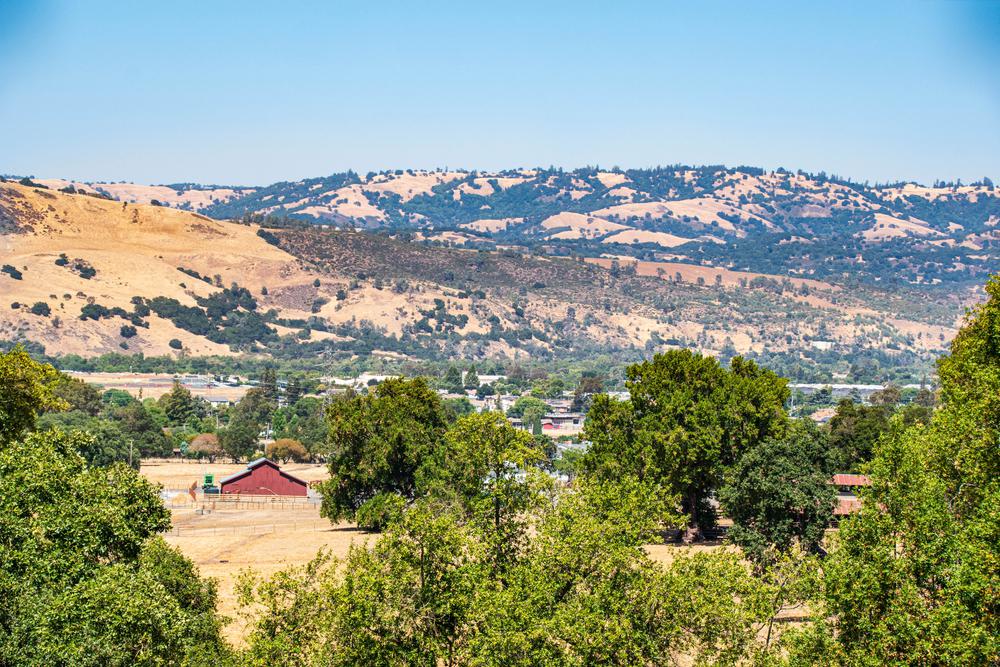
San Francisco has never been a stranger to the delights of urban farming. In 1894, for example, when the Gold Rush welcomed hordes of people to the state, San Francisco’s Cow Hollow was a valley irrigated by creeks and boasted a large freshwater pond, making it an ideal place to graze cattle. With dairy springing up in the years to come, San Francisco agriculture became a force to be reckoned with.
Following suit, clothing boutiques, cupcake shops, and sports bars began popping up as well—not to mention enough milk was produced to support the entire population. And this was in the 1860s, back when San Francisco was not yet an agricultural titan, and most foods were imported rather than grown in the Golden State.
By the time 1890 rolled around, there were roughly 800 cows roaming Cow Hollow—they lived alongside growing vegetable gardens; all at a time when urban produce was quickly on the rise. This started a chain motion and the whole of the Bay Area followed suit.
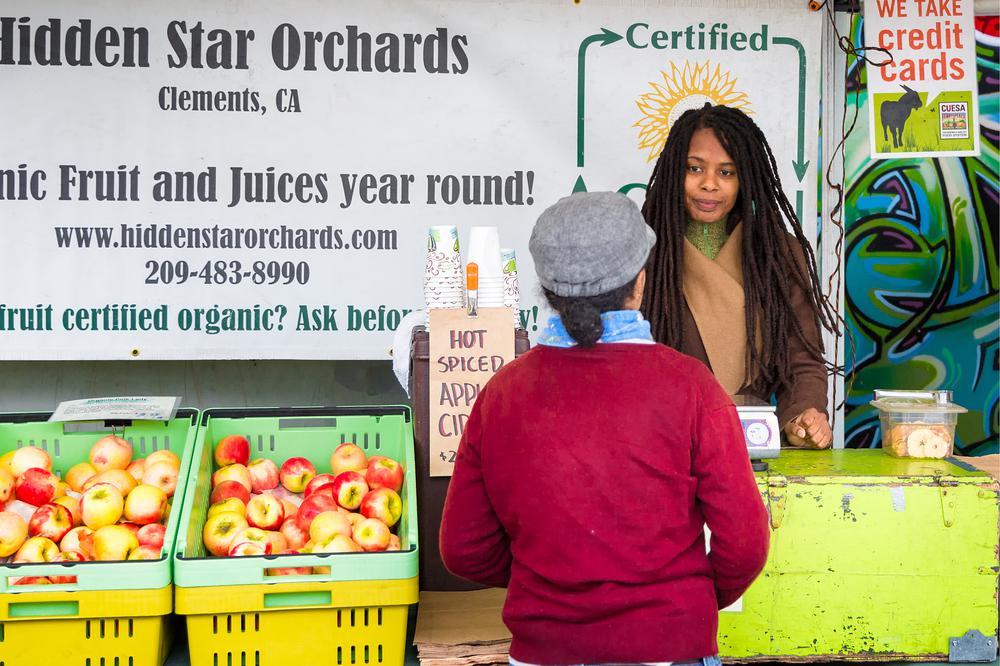
Now let’s get back into our time machines and journey on to the year 2011, in the Mission Terrace neighborhood. A sleepy grid of streets leads you to the southernmost sector of the city, where the afternoon fog uncovers nearly an acre of land planted with kale, bursts of flowers, fragrant herbs, and sprouting greens like you’ve never seen before. This is when you know you’ve reached Little City Gardens, the first legal commercial farm to be established within city borders. Thanks to the pioneering women who run the show at this urban farm, San Francisco leaders were urged to revise the zoning laws to allow the cultivation and sale of produce in all neighborhoods.
Shortly after, more than 300 people packed an Oakland community center to give their two cents. There were, of course, a handful of attendees speaking out against the venture—a few were even unaware of what urban farming even was. But the majority were urban farming trailblazers, people who actually worked on San Francisco farms; and they definitely knew a thing or two about blending the area’s zest for organic food with a do-it-yourself attitude.
Berkeley didn’t fall back either. The city soon took up a measure to allow residents to sell raw agricultural products from home without implementing a costly permit—one more reason to move to the Bay Area.
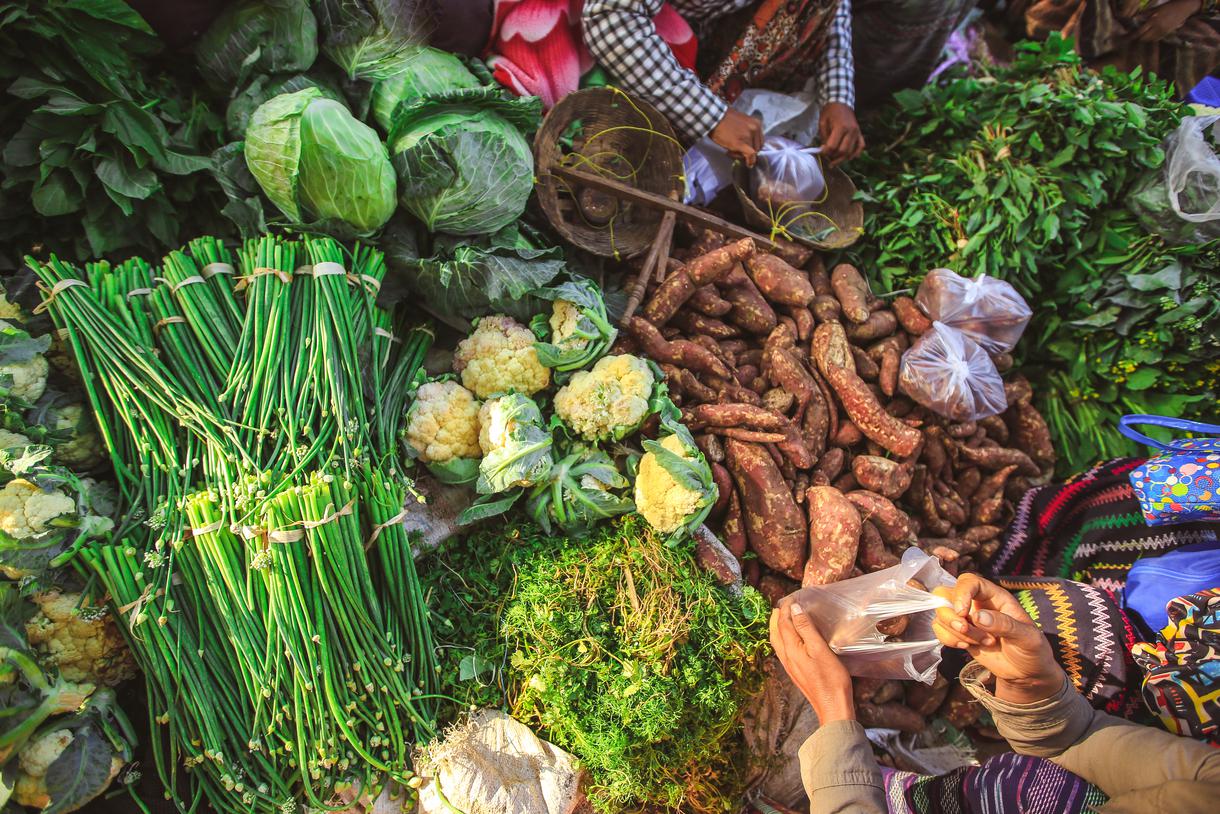
Offering both healthy food and a sense of community, this iconic California farm is legendary in small-scale urban gardening. The farm currently grows salad and cooking greens, vegetables, and herbs in addition to operating an educational center— a real working model of food production, if you ask us.
A non-profit since 1970, Slide Rach is said to connect the Bay Area with farm-based environmental education. Sustainability is at the heart of everything they do, and you can learn all about it by taking part in one of their fascinating programs. Explore the farm, roam the gardens, and discover the captivating ecology of the Marin Coast.
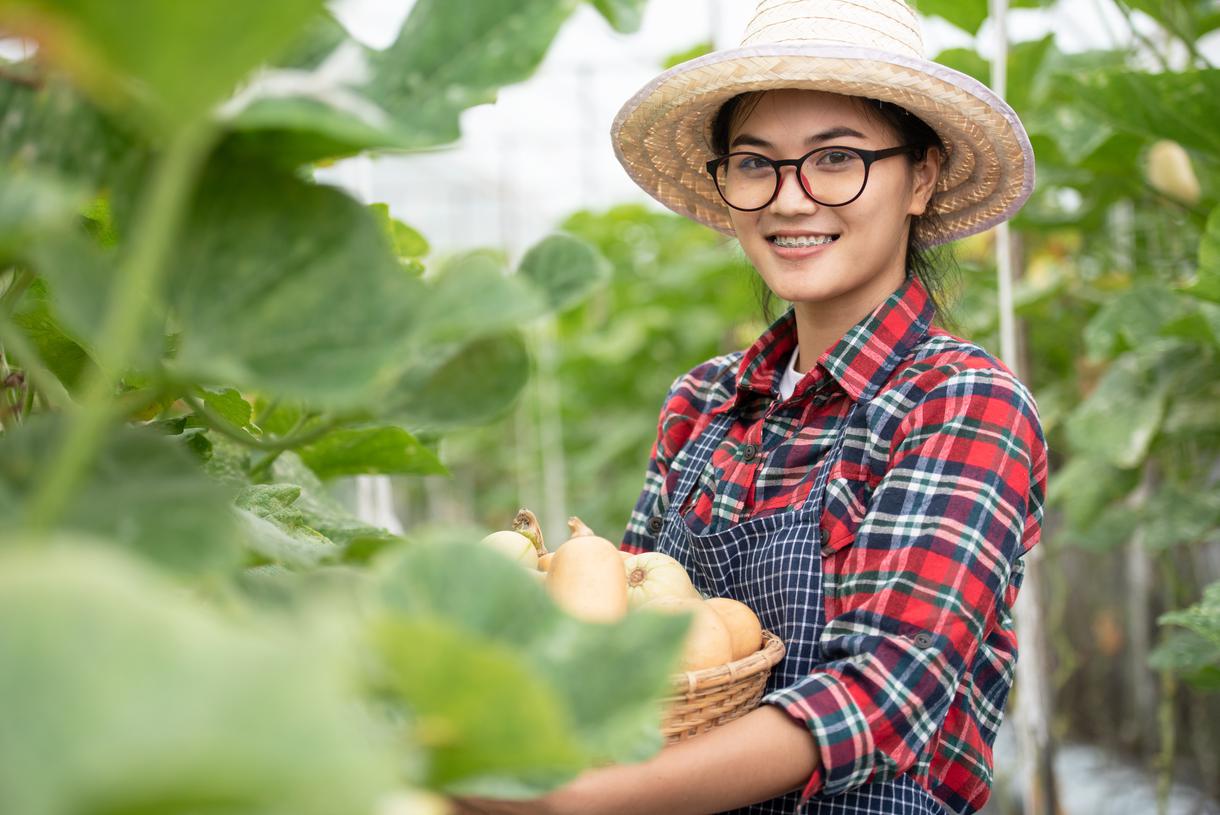
With a mission to ‘cultivate school gardens in San Francisco’s under-served neighborhoods’, Urban Sprouts is truly a gift to agriculture in California. The farm actually began as a 2003 doctoral thesis project, one that investigated the effect of gardening on student’s behavior. The results were all sorts of fascinating—turns out healthy food has the power to change people’s outlook towards the environment.
This urban farm began in 2001 when West Oakland residents grew tired of the lack of fresh food in their community. And ever since its establishment, City Slicker Farms has strived to increase wellness and build community through equal access to healthy produce, thriving gardens, and urban green space for all. They currently operate a Community Farmer Market Program, a Backyard Garden Program, and Urban Farming Education Program, as well as take part in numerous advocacy efforts.
Last but certainly not least, Alemany Farm is the largest of its kind in San Francisco. It offers everyone the chance to learn where their produce comes from and urges all residents to pitch in and help. Best of all, all of the food grown at Alemany is given away for totally free to neighbors, volunteers, and whoever stumbles onto this green paradise.


Never been before? We’ll be your trustee Little Tokyo guide with a day’s worth of fun things to do in Little Tokyo.

People go on Memorial Day weekend getaways as an indirect celebration of life. How do you plan on celebrating the long weekend?

From undulating mountains, to coastal expanses, to verdant forests, here are some of the top spots for backpacking in California.

Settled off the California coast, the Channel Islands offer endless adventures. Here are the best things to do and how to get there.

